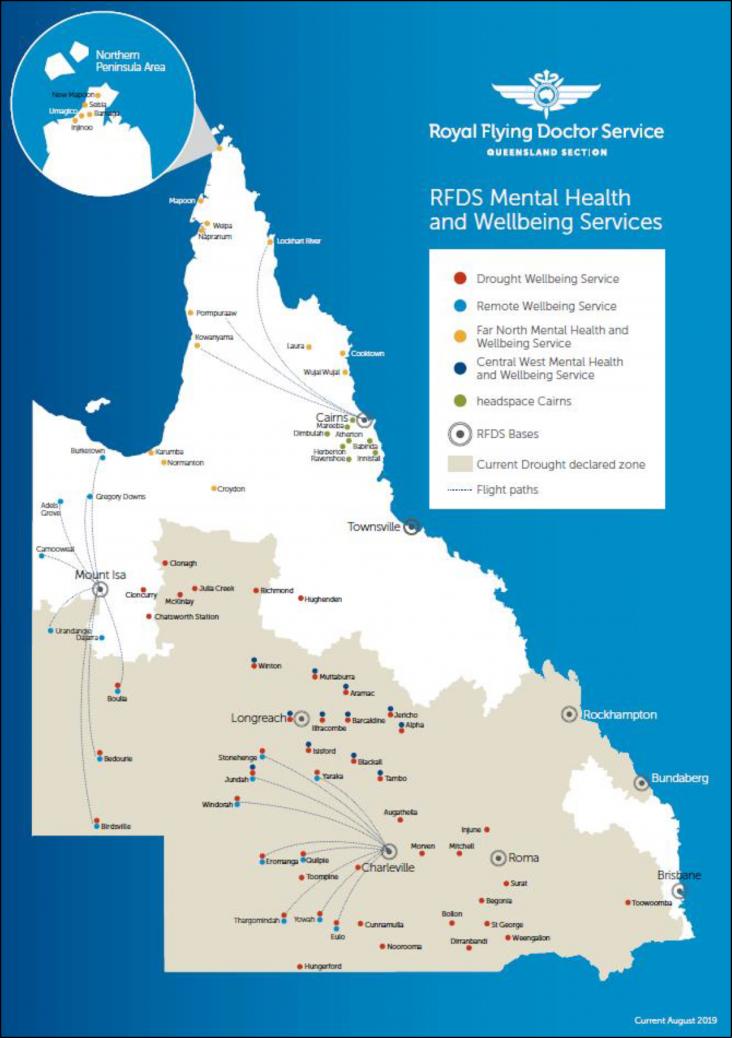The largest US cancer health disparity exists in prostate cancer, with Black men having more than a two-fold increased risk of dying from prostate cancer compared to all other races. Studies on biology and access to healthcare similarly highlight the need for increased representation of men from underserved racial groups, particularly Black men, in translational and clinical research to fully comprehend and appreciate the tumour heterogeneity.
An Article on the vulnerability of Indigenous populations to pandemics, in the context of SDGs 3 and 10, focusing specifically on the clinical characteristics and outcomes following COVID-19 in Indigenous Brazilian individuals.

A cohort study in Queensland, Australia, in the context of SDG 3 and 10, highlighting the need for culturally appropriate mental health and wellbeing services that meet the needs of Indigenous communities.
This paper is a review of renewable energy potentials and energy usage statistics in Ghana.
An Article in support of SDGs 2 and 10, analysing global inequalities in the double burden of malnutrition and its association with economic and social globalisation, showing that the probability of the double burden of malnutrition at the household level differs across country income and household wealth.

This Special Issue highlights publicly available journal articles and book chapters focusing on various humanitarian issues related to the crisis in the Ukraine and other countries.
Decoupling has increasingly been recognized as a way to reconcile limitless economic growth with environmental pressures. This study assesses current and projected future decoupling factors of water withdrawals in relation to GDP.
Elsevier,
Indigenous People and Nature, Insights for Social, Ecological, and Technological Sustainability, 2022, Pages 3-27
This chapter provides a comprehensive strategy to assess ecological systems’ involvement in indigenous wellbeing, signifying how natural systems are intertwined with people’s communal, economic, and cultural environments, along with their skills.
Elsevier,
Indigenous People and Nature, Insights for Social, Ecological, and Technological Sustainability, 2022, Pages 171-197
Understanding livelihood vulnerability to hydrometeorological hazards is a crucial challenge for policymakers to create a clear foundation for vulnerable coastal residents. Using microlevel livelihood vulnerability research employing LVI and Socioeconomic Vulnerability Index, this chapter measures the magnitude of indigenous peoples' vulnerability to the detrimental consequences of hydrometeorological hazards on socioeconomic conditions.
